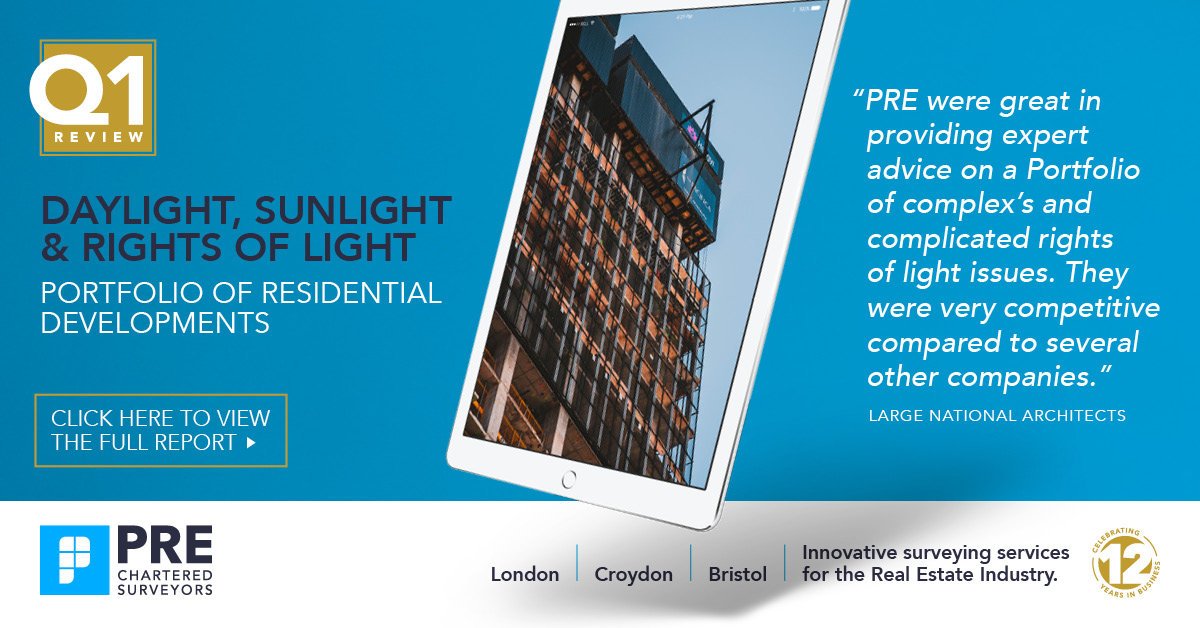Clarifying Right to Light: FAQs Addressed
The concept of the Right to Light can often seem perplexing, especially for those involved in property development. This legal entitlement gives individuals the ability to access daylight through their property, which can significantly impact zoning decisions and construction projects. As urban environments become increasingly dense, grasping the nuances of Right to Light is imperative than ever for real estate developers, architects, and homeowners alike. This guide aims to explain Right to Light surveys, tackling typical questions and shedding light on the complexities of this vital aspect of property law.
In managing the obstacles of development, having a firm grasp of Right to Light is not only about adhering to legal standards; it can also mean the difference between a thriving project and high-cost disputes. From grasping when to initiate a survey to the consequences of daylight and sunlight evaluations, this article will provide information into the processes, tools, and regulatory frameworks that define Right to Light in the UK. Whether my latest blog post are planning an extension, a new project, or simply looking to comprehend your rights, our comprehensive FAQ area will equip you with the knowledge needed to approach your project with certainty.
Grasping Right to Light
Right to light refers to the lawful entitlement that property owners have to receive natural through specific openings such as fenestration. This concept plays a critical role in city planning and development, as it directly affects the quality of life for existing residents and can influence the worth of real estate. The entitlement is often defined through common law, where a property owner can exercise a right to light after having received non-stop light for a specific amount of time, typically 20.
The consequences of the right to light extend outside of simple pleasure derived from sunlight; they can significantly impact property development projects. Developers must be cognizant of neighboring properties' rights to natural light to avoid possible conflicts and to ensure planning permission is approved. Failing to take into account these rights can stop development projects or lead to costly litigation, underscoring the significance of executing thorough light rights investigations before starting development.
Grasping the intricacies of right to light is essential for both construction professionals and property owners. It entails not only understanding one’s entitlements but also acknowledging the risk for disputes arising from new developments. By being forward-thinking and engaging legal advisors on light rights, all parties can traverse the challenges of right to light harmoniously, ensuring successful development outcomes while upholding the entitlements of established residents.
Legal Aspects and Adherence
Maneuvering the legal environment of right to light is vital for property developers. Grasping the legal frameworks surrounding light rights aids to stop potential disputes that can emerge during and after construction. The rule of right to light allows property owners to uphold their right to receive natural light through their windows, as long as they have had uninterrupted access for a certain duration, generally 20 years. This rights can lead to problems should a new development obstruct an existing property’s light, requiring careful consideration during the planning stage.
Compliance with established legal standards is essential for securing planning permission and avoiding disputes with neighboring properties. Developers are urged to undertake detailed right to light surveys early in the planning process. These surveys assess the potential effects of new constructions on existing light rights and can detect any legal remedies needed should an infringement be found. By confirming compliance with local regulations and guidelines, developers can reduce risks and cultivate positive relationships with their neighbors.
Collaborating with legal experts specializing in right to light can offer developers with the essential insights into their duties and rights. Comprehending the disparity between right to light and planning approval is vital, as both have distinct requirements and implications. Moreover, legal remedies such as restraining orders and compensation may emerge in cases where light rights are restricted, emphasizing the importance of proactive legal strategies in protecting developments from unexpected legal challenges.
Carrying Out Light Access Surveys
Performing a Right to Light survey is a meticulous process that requires specialized knowledge and professional. It typically begins with an analysis of the current light conditions and the nearby properties. Surveyors will evaluate the position of buildings, neighboring structures, and natural light sources, which all play crucial roles in understanding the right to light. This first evaluation sets the foundation for what is required to ensure compliance with legal standards and to recognize any potential conflicts that could arise during development.
The survey process often involves the use of sophisticated tools and techniques, like 3D modeling, which enables for a visual representation of how light interacts with buildings. Such methods help to demonstrate light access and any possible infringements on a neighbor's light access. Additionally, surveyors will consult BRE guidelines to verify that the development meets the established criteria for sufficient daylight and sunlight. A thorough analysis will capture the findings and provide a detailed understanding of the potential impacts on adjacent properties.

Once the survey is concluded, the results are assembled into a thorough report that outlines any identified issues and recommendations for moving forward with the project. This report is essential not only for developers to obtain planning permission but also for minimizing risks of legal disputes later on. Participating in this detailed process ensures that developers can move forward with their projects while respecting the rights of neighboring properties, supporting to a balanced approach to city planning.